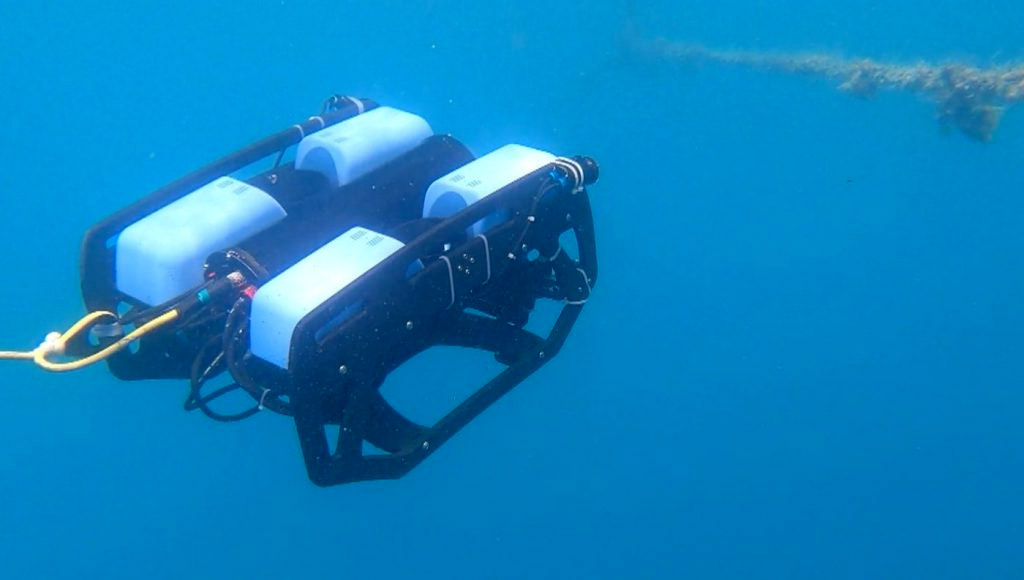Named Te Mā Tairoto, an innovative project led by the Odewa engineering firm aims to rid Polynesian lagoons of waste generated by pearl farming. A first prototype will be tested by the end of the year on the atoll of Takaroa in the Tuamotus.
For decades, ropes, nets, and buoys have accumulated on lagoon floors, forming a persistent marine pollution. Although several clean-up campaigns have taken place, removing this waste—sometimes from depths of over 60 meters—is a difficult, time-consuming, and risky task for divers.
“During a mission to Rangiroa, we saw that the waste was removed manually, with no other extraction method available,” explains Tearai Sioult, a member of the Te Mā Tairoto team. “These underwater webs are hazardous and complicate the process. Once brought ashore, the waste clutters docks that the local population relies on.”
To tackle this issue, Te Mā Tairoto relies on cutting-edge technology: a mini underwater robot equipped with sonar identifies the waste, which is then collected by a barge fitted with mechanical claws and storage bins.
“Using the sonar on our ROV, we can accurately detect the areas to be cleaned,” explains maritime engineer Alice Mounier-Vehier. “The extraction process is entirely automated. Waste is sorted, cleaned, and stored on-site, without disturbing the marine ecosystem.”

The robot can perform up to nine hours of continuous inspection and reach depths of 100 meters—upgradeable to 300 meters, according to its pilot, Charles Tegakau-Raparii.
Once recovered, the waste is brought back to the main village and shipped to Tahiti. Its potential for recycling is currently under study. “We’re working with specialists in plastic waste reprocessing to explore recycling solutions,” says Alice.
Initial tests in Takaroa have been well received by locals and municipal authorities. A public meeting helped map out the intervention areas without interfering with residents’ activities.
Winner of the Toa Reef prize from IFRECOR and recipient of the IUCN Best Life grant, the project has managed to fund its prototype, though not the entire operation. “This is just the first version,” Tearai concludes. “The deployment in Takaroa will help us refine and improve the machine. We hope to secure more funding to develop the final version.”
